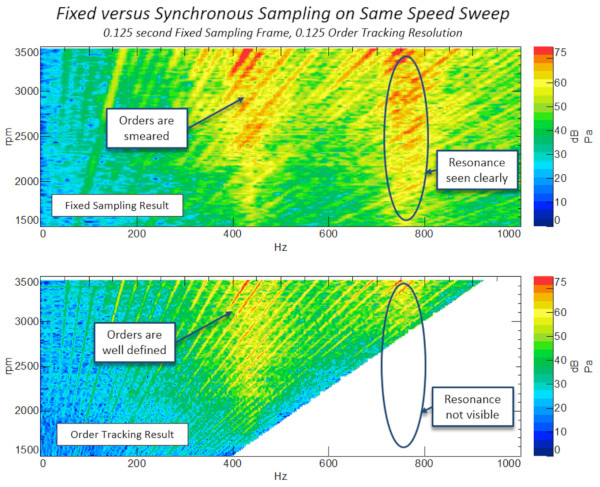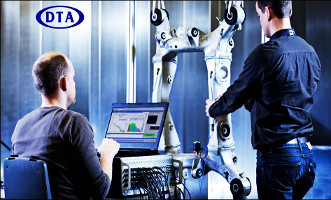LMS Web Seminerleri : 25-29 Haziran 2012
Bu hafta düzenlenecek olan ücretsiz LMS web seminerlerini hakkında detaylı bilgi edinmek ve kayıt yaptırmak için aşağıdaki bağlantı adreslerine tıklamanız yeterlidir.
Web seminerlerinin sunum dosyalarını indirmek için bu adresi kullanabilirsiniz –> http://www.lmsintl.com/webseminars/download-presentations
Simulating noise from electrical machines
27 Haziran 2012 10:00 CET
Noise from electrical machines, including electrical motors and generators is caused by different mechanisms.
At first there is the mechanical noise cause by mechanical motion and vibration of the different components of the motor. A typical example is motor unbalances.
A 2nd source of noise of electrical machines is related to the cooling of the motor. For a range of electrical machines, cooling fans make sure the machines temperature is not exceeding critical values. These cooling fans themselves produce unwanted noise.A 3rd aspect of noise generation by electrical machines is related to electro-magnetic noise. The electro-magnetic forces generated onto the stator make it vibrate and hence radiate noise. These forces can be predicted accurately by a proper Electro-magnetic prediction tool such like JMAG. These forces are simulated on the electro-magnetic mesh (typically 2D mesh) and are simulated in time domain. Virtual.Lab acoustics has an interface to JMAG where these forces are mapped from time to frequency domain, from 2D to 3D and are mapped from the Electro-magnetic mesh to the structural mesh. Within Virtual.Lab these forces are then applied to the stator and used for predicting the vibration and unwanted noise.
In this web seminar you will learn:
How to perform noise analysis for electrical machines with focus on electro-magnetic caused noise.
This web seminar is part of a series, presenting different techniques to improve engine performance and reliability and reduce annoying noise and vibrations.
In this web seminar you will learn:
– Fundamentals of angle domain analysis
– How to efficiently execute crank angle analysis
– How angle domain analysis can help you to pin-point root-causes of engine noise and vibration issues
– Professionals working in engine testing, noise & vibration testing, engine dynamics, or other advanced testing departments
– Suppliers of engine components or consulting services for engine development, who need to improve engine functional performance characteristics
– Engineers experiencing excessive vibration problems on their products
Methods and best practices for test-based Transfer Path Analysis
29 Haziran 2012 10:00 AM CET
The web seminar reviews the main problems and challenges related to typical hands-on TPA analysis, and explains how 15-years of experience have been designed into the LMS answer to test-based TPA. This TPA approach not only improves productivity and engineering understanding for experienced users, but also makes it useable for novel users, for a wide range of applications. The web seminar gives powerful answers to “what-if” engineering processes, and demonstrates how multiple design alternatives can easily be evaluated, to include their final contribution as well as their final effect on users.
– Fundamentals of Transfer Path Analysis
– TPA load estimation techniques
– LMS novel answer to challenges of test-based TPA analysis
– Support of “what-if” engineering processes
Multi-reference TPA for road load contribution analysis
– NVH engineers at Automotive OEM’s, Automotive Suppliers, Off-Highway manufacturers
– NVH engineers in Mechanical Industries
– NVH lab managers



